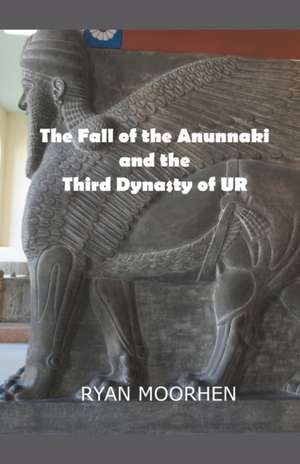The Fall of the Anunnaki and the Third Dynasty of UR
Autor Ryan Moorhenen Limba Engleză Paperback – 14 mar 2022
Preț: 69.51 lei
Nou
Puncte Express: 104
Preț estimativ în valută:
13.30€ • 13.74$ • 11.07£
13.30€ • 13.74$ • 11.07£
Carte tipărită la comandă
Livrare economică 25 martie-08 aprilie
Preluare comenzi: 021 569.72.76
Specificații
ISBN-13: 9798201582036
Pagini: 76
Dimensiuni: 140 x 216 x 4 mm
Greutate: 0.11 kg
Editura: DTTV PUBLICATIONS
Pagini: 76
Dimensiuni: 140 x 216 x 4 mm
Greutate: 0.11 kg
Editura: DTTV PUBLICATIONS
Notă biografică
Ryan Moorhen, now identified as a Biblical Archaeologist, Independent Assyriologist, Semitic and Cuneiform manuscripts researcher and enthusiast of all things ancient, made his first visit to the middle-east whilst serving in Iraq. It was during that difficult time he became enthralled in the origins of civilization. Upon his return he embarked on his now long career in Theological Studies, carving his niche in Sumerian Theology and proving the connections between the Sumerian origins of civilization and Theological studies of Worldwide cultures.
